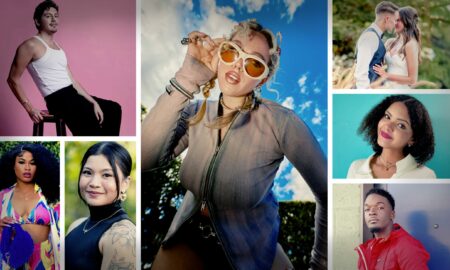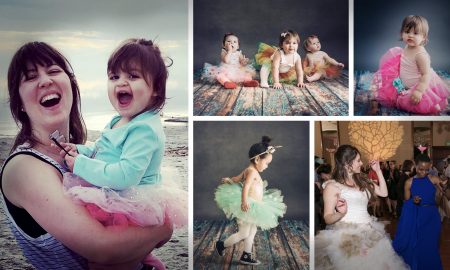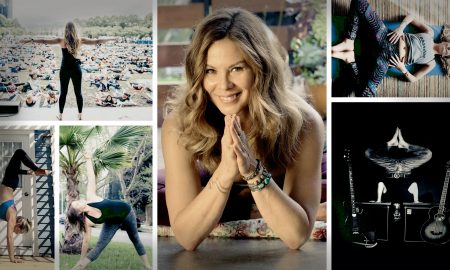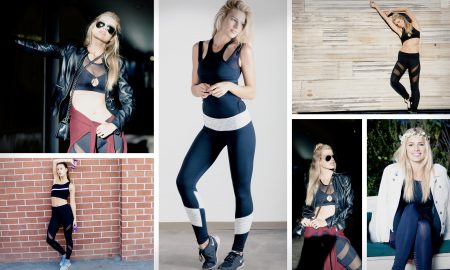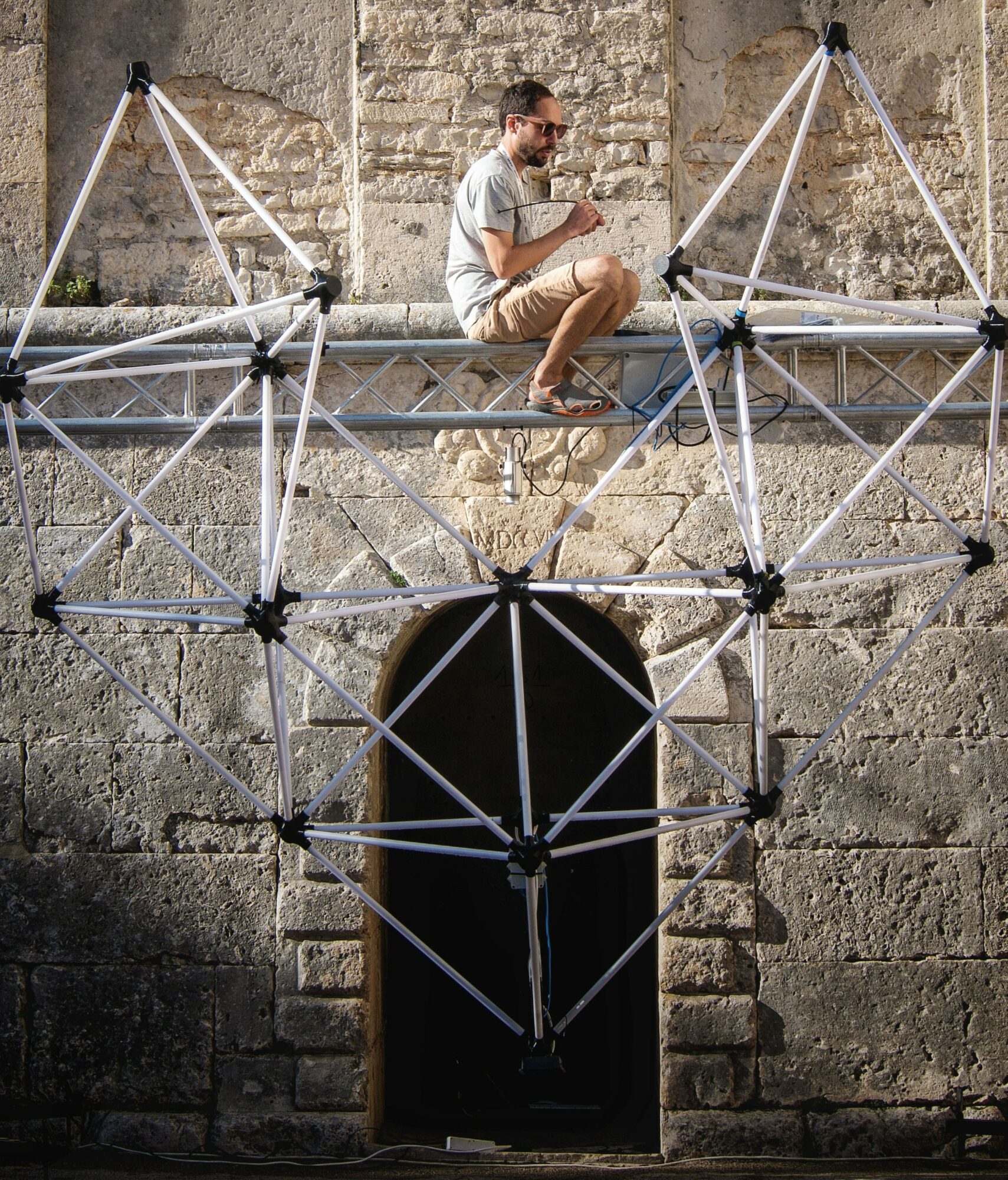

Today we’d like to introduce you to Ilya Sobol
Hi Ilya, please kick things off for us with an introduction to yourself and your story.
My multidisciplinary media and light artist career began in 2015 when I completed my work on the Moscow public art project “Varenye.” It was my first experience creating public art installations in Russia, Moscow, and other cities. By the end of 2015, I decided to move forward independently. This was the start of “Izobrulo”—an inventive bureau.
I was always drawn to the idea of implementing international projects and creating art objects not only in Russia but abroad as well. It was fascinating to learn how people work and live in other countries and how similar projects are carried out.
When “Izobrulo” was founded, I had no specific plans to engage in light installations or public art projects. Moreover, I didn’t consider light as an artistic medium. Before this, I primarily worked with sound, producing music. Light seemed like a utilitarian tool for illuminating homes and streets.
At the time, I was interested in creating mass creative products, which led to the founding of “Izobrulo.” Initially, I released projects under my own name, but in 2015, a new project arose—a pinhole camera kit called OuCam, created by a team. I had the idea of making such a kit, but I didn’t know what it should look like or what materials to use. All of this emerged during the team’s collaborative work.
One of the artists suggested coming up with an umbrella name for the project, and that’s how “Izobrulo” appeared. The first product was sold at a pop-up market in Moscow and was a success—45 units were produced, nearly all of which were sold.
The experience of working on this project showed that creating and selling such unique products was not an easy task. I then decided to create a more accessible product—a pencil construction kit. The idea was to develop a special connector that would allow pencils to be joined in any sequence and used to create various shapes.
The kit was patented (valid in Russia), and at the time, I saw great potential in it. However, it turned out that this product also had challenges. Sharpened pencils could be unsafe, and the modularity of the kit complicated creating specific shapes due to the same length of pencils.
This project highlighted the importance of developing such an entity as a connector. The advancement of 3D printing made it possible to quickly create and test various parts. However, even with new technologies, selling the kit proved no easier than selling the pinhole camera kit.
Around 2017, I had many public appearances, as I was also working at the largest university in Russia. Prior maker meetup hosted by a Russian IT company similar to Google, I met my future partner in developing light installations.
His question was quite specific. He contacted me before the meetup and asked if it was possible to create a connector similar to the one I had made for pencils but for his LED tubes, which he used to create his art objects. I said it was possible and began working on the connector.
The first version of the connector resembled a UFO. Despite its unusual appearance, it worked, and we managed to build a sculpture in the form of an icosahedron. This geometric structure, consisting of tubes of the same size, was relatively simple to assemble. We began discussing how to develop this direction further and what new structures could be created.
I suggested developing a software that would generate connectors for different forms of LED structures. This moment can be considered the starting point for “Izobrulo Art” and “Polylight” in their current form. We held several development sessions, and OomStudios from New York created an algorithm that I still use today.
This approach became unique. While standard shapes like cubes or pyramids consist of sides of equal length, we were able to produce custom structures with varying lengths. This opened up the possibility of creating virtually any shape, albeit with certain limitations.
By early 2018, we had already assembled the icosahedron and the next sculpture—a large heart. The question arose of how to monetize such projects and promote them.
That same year, I won a grant from the British Council (still active in Russia at the time) to attend a creative industries summit in London. There, I met a maker who was a mutual acquaintance of my wife. This connection played a significant role in the further development of the project. When I returned to Russia, we completed work on the heart sculpture. This happened a few months later, in February or March.
I started looking for ways to rent out the heart sculpture, for instance, for events or Valentine’s Day. I sent its photos to a friend from London, who advised submitting the work to European festivals. According to him, there were many such festivals, and they would likely be interested in the project.
At the time, the idea seemed crazy to me. I was in Russia, and Europe, let alone America, felt completely out of reach—like another planet. I couldn’t even imagine how to send my work abroad. The only thing I asked my friend was if he could recommend 3–4 such festivals so I could understand what they were about. He sent me a list, and I began researching them myself. Soon, I realized they were light festivals. Interestingly, in 2018, I attended a light festival in London for the first time and later visited a small light festival in Myanmar. Before that, I didn’t even know such events existed.
I started searching for light festivals worldwide and discovered many in different countries and cities. By the end of 2018, I had received invitations to two festivals. The first festival was in Sweden. It was a small but very warm and cozy event. The organizers allowed me to create any sculpture within their budget, leading to the creation of “ChameleTuna.” The second festival was “Illuminus” in Boston. This was unexpected, as America had never been part of my plans. The invitation was confirmed just two months before the event, requiring urgent visa arrangements. While the Swedish visa process was straightforward, obtaining a U.S. visa was challenging. However, I managed to get it and flew to America immediately after Sweden, as the festivals were held back-to-back with only a week in between. Thus, 2018 ended, marking the beginning of my active work in light art, which later grew into an extensive portfolio of installations.
Alright, so let’s dig a little deeper into the story – has it been an easy path overall and if not, what were the challenges you’ve had to overcome?
Nearly six years since 2018 were spent in intense and challenging work. Numerous applications for participation in light festivals had to be submitted. Only a few were approved, and each approved project had to be brought to life. Often, I had to personally travel to the event location, even if I had a team.
One of the most difficult periods was 2020, when the COVID-19 pandemic brought almost everything to a halt. The events industry, including light festivals that attract large crowds, suffered greatly. By that time, I already had a formed team, and we had plans to expand our activities and participate in more events. Instead, all events came to a complete stop, and we had to look for alternative ways to earn income beyond renting installations.
At that point, I had already visited the United States, Switzerland, Poland, and Italy several times with my projects. I realized that I wanted to continue working in the U.S., where there is a large community and a demand for various forms of art. I was particularly drawn to public art, which had increasingly captured my interest. Working in urban spaces, against the backdrop of buildings and infrastructure, I came to understand the powerful impact art can have on the surrounding environment.
By the beginning of the pandemic, I had formed a desire to try working more actively in the U.S. However, COVID-19 put everything on hold. I found myself stuck in Russia due to closed borders. Obtaining a visa no longer made sense since leaving the country was impossible. Moreover, it was no longer possible to apply for U.S. visas in Russia—it required traveling to another country. Everything came to a standstill for about two years, until 2022.
In 2022, borders began to reopen, and global activity slowly resumed. I returned to working on my visa documents. Everything was moving towards completion: by the start of the year, I was practically ready. However, the events of February 2022, the Putins awful war, and its consequences drastically changed my plans. In addition to the immense suffering inflicted on Ukraine, the war immediately closed all opportunities for international work from Russia.
I decided to leave the country urgently to avoid conscription. I had no intention of going to the army to kill innocent people. I quickly packed my belongings and moved to Almaty, my wife’s hometown.
I spent a year in Almaty finalizing all matters related to the U.S. visa documents. Finally, in January 2023, after completing a project in Murten/Morat, Switzerland, I arrived in Los Angeles to stay with friends.
Thanks for sharing that. So, maybe next you can tell us a bit more about your work?
I am an interdisciplinary artist working at the intersection of art and technology. I typically seek projects that are unique, impactful, and influential.
The first area of my work is interactive light installations. We prefer to describe our activity as “Arteinment” rather than just “art”—a fusion of art and entertainment that blends unique forms with original interactivity. We focus not only on visual aesthetics but also on creating interactions that are as unique and captivating as possible.
One of our most popular installations is “HeartHug”—a heart that reacts to hugs. This is an entirely unique project, as there are currently no other installations in the world that specifically respond to people embracing. To date, we have implemented this project in various cities and countries, allowing over 36,000 people to connect with each other through the act of hugging.
Another one of our installations is called “ChameleTuna.” It reacts to the color of clothing worn by people nearby. While technically simpler to execute than the hug interaction, the concept is incredibly impactful. It stands out as a distinctive interactive element compared to standard interaction mechanics in art.
One of our hidden gems is the light arch shaped like Wolf Jaws, created for a game presentation of a hockey team. This project was executed in Moscow and featured a high level of interactivity. For instance, our digital wolf was as sensitive as a real dog’s nose—changing the light show patterns when a beam of light pointed at it. This is truly a one-of-a-kind work, as no one has ever created such a media arch anywhere in the world. This perfectly represents the type of projects we seek: unique, impactful, and influential.
I create these works together with my team, showcasing them at light festivals and various events. These projects are categorized as temporary public art, as they are installed in public spaces for a limited time. However, I am currently transitioning into permanent public art, designing artworks suited for long-term installation using durable, weather-resistant materials.
The second area of my work is kinetic installations. While it may seem like a new direction, kinetic art has been deeply rooted in my practice for decades. In fact, my very first artwork—and my first interactive artwork—was a kinetic piece. I have been holding onto this passion, waiting for the right moment to fully embrace it again.
Currently, I am working on my first kinetic installation in over a decade. However, since my early work, I have learned a great deal about materials and manufacturing, which has made execution much more complex. I am setting higher standards for myself in terms of quality and materials, making this project significantly more challenging. It will be a kinetic interactive artwork designed for indoor spaces.
The third area of my work involves engineering design, 3D printing, and CAD modeling. In this field, I create complex components and structures, which are often integral to my projects.
Simply put, I am a connector—the person who bridges the gap between ideation and manufacturing by designing data-driven pieces ready for fabrication.
One of my recent projects that I am particularly proud of is the design of a tiny backpack for a rat. These are APOPO Rescue Rats, trained for search-and-rescue operations in catastrophic events.
This backpack is equipped with electronics, including a camera, microphone, GPS, and Wi-Fi, providing real-time data transmission between the rat and the rescue team. It enables responders to locate and communicate with trapped individuals, significantly improving rescue efficiency.
What sort of changes are you expecting over the next 5-10 years?
I believe one of the main trends in this industry, and not just in our field, is the blending of various technologies. This is one of the key technological trends we can expect to see in the near future.
The primary direction, in my view, is the integration of physical reality with augmented or virtual reality. This is especially evident when looking at examples of shows by various artists or theatrical productions. More and more of these events aim to recreate a kind of digital or game-like reality within our physical world.
It’s clear that with the emergence of mixed or augmented reality devices, such as the Apple Vision Pro, this trend will only intensify. We are moving toward a future where the boundary between real and digital reality becomes nearly indistinguishable. Over time, it will become difficult, if not impossible, to discern what is part of our physical world and what is a digital avatar or entity.
Even today, many physical objects, such as sculptures or installations, can already be considered digital entities before they appear in the real world. These objects are designed using digital tools and exist as digital models before becoming tangible.
This leads to the next trend—or perhaps a question: how will augmented reality shape our understanding of physical objects? A simple example is product labels. Why would we need printed labels if augmented reality glasses can display any information the product manufacturer or the AR glasses developer decides to show?
This question also applies to product design. For instance, why should a chair or a table have a specific design if, through augmented reality glasses, they can look however the furniture manufacturer or the user wants them to appear?
I believe this trend will not only impact technology and design but also fundamentally change our perception of the material world.
Pricing:
- It depends, feel free to reach out for quote!
Contact Info:
- Website: http://izobrulo.art
- Instagram: https://instagram.com/izobrulo
- Youtube: https://www.youtube.com/@izobrulo







Image Credits
Ilya Sobol, Alexander Mosieev, Alexey Fedorov, Gabe Kamphuis, Remy Gindroz

